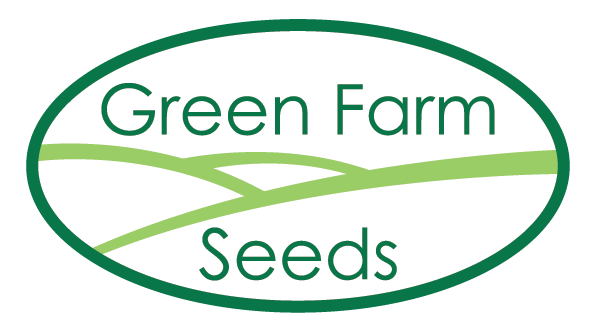LUCERNE
Cutting
- Aim for a target dry matter of 30-40% for clamp silage and 50% for bales
- Chop to 3-4cm and roll well in the clamp
- For bales, wilt to 40-60% dry matter and ensure at least four layers of plastic to minimise the risk of stems piercing the wrap
- Always use an additive as Lucerne is low in sugars and difficult to ferment, we recommended Biotal
Crop Info
- Allow plants to flower once a year; this ensures storage of nutrients in the taproot to improve Winter hardiness and boost Spring growth
- Cut when 10% of flowers are showing (early bud stage)
- Aim for an optimum cutting height of 7cm to promote regrowth
£6.75
Sowing info
Lucerne should be sown when soils are warm into a fine and firm seedbed to a depth of 0.5-1cm.
Spring sowing (from late April) tends to be more common with Lucerne as this ensures strong plants going into the first winter. Lucerne can be sown successfully up to the middle of August.
Benefits
- Lucerne is a high protein with high digestibility legume which is usually grown for cutting
- Lucerne’s high protein makes it extremely useful as a complementary forage to grass and maize
- It has a deep taproot system and is able to withstand severe drought
- It is a productive plant with high nutritional value
- Lucerne can be grown successfully on a wide range of fertile free-draining sites and soil types
- Lucerne will not thrive in waterlogged soils, so the general advice is to avoid heavier land and cold wet soils
- To minimise the threat of pests and diseases, a period of five years should be allowed in the rotation between Lucerne crops
- Lucerne is a legume that leaves significant residual Nitrogen for following crops
- Lucerne forage increases animal fibre intake
- Don’t overgraze in the winter or drive on the crop in wet conditions to avoid damage to the crown
- Will remain productive and thrive for 3 – 4 years
